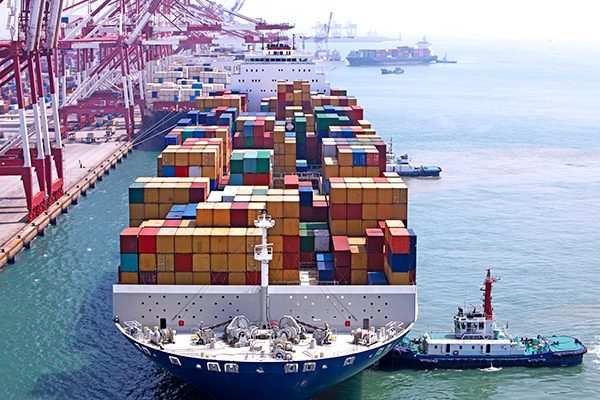FLASH
22 January 2018
Thai exports in December expanded 8.6%, driving annual growth to 9.9%
Thai export value continued its upward trajectory in December, the 10th consecutive month, recording 8.6%YOY. The main contributors to this trend were the export of oil-related products, such as rubber and products, and refined fuel, which grew by 32%YOY and 15%YOY respectively. At the same time, Thailand’s exporting of key industrial products grew in-line with the global production trend. These include computer and parts (28%YOY) and auto and parts (13%YOY). The recovering export price of agricultural exports, especially rice and cassava, contributes to the export growth of the aforementioned products by 11% and 8% respectively. In sum, the strong growth of Thai export in December resulted in an annual export value increase of 9.9%YOY.
Author: Pimnipa Booasang

|
|
|
|
|
|
|
|
|
|